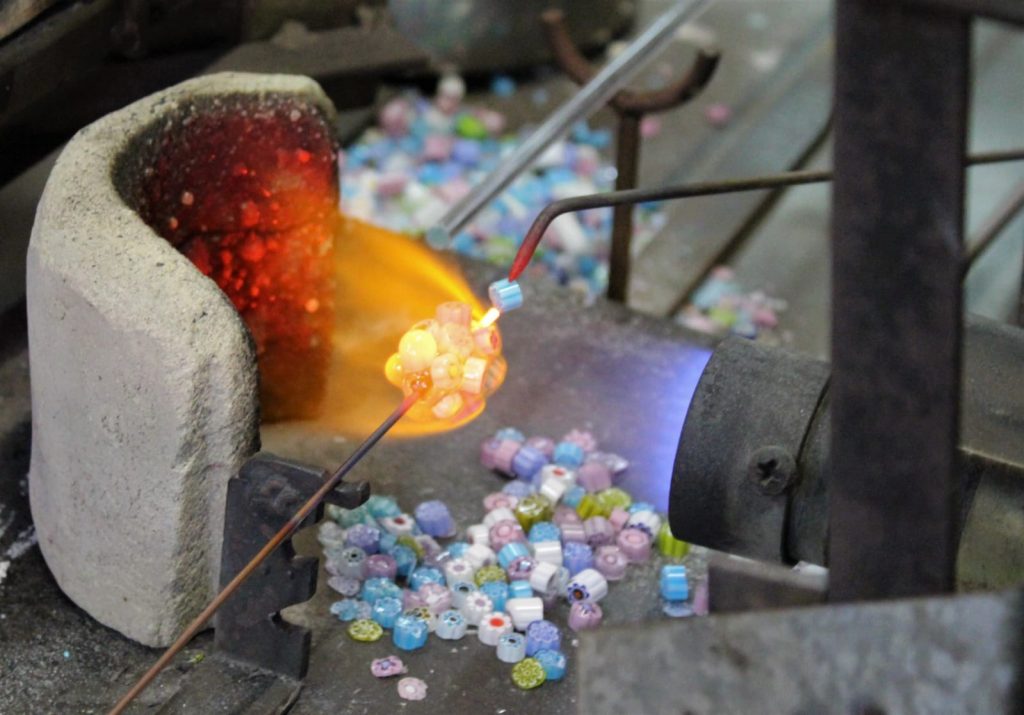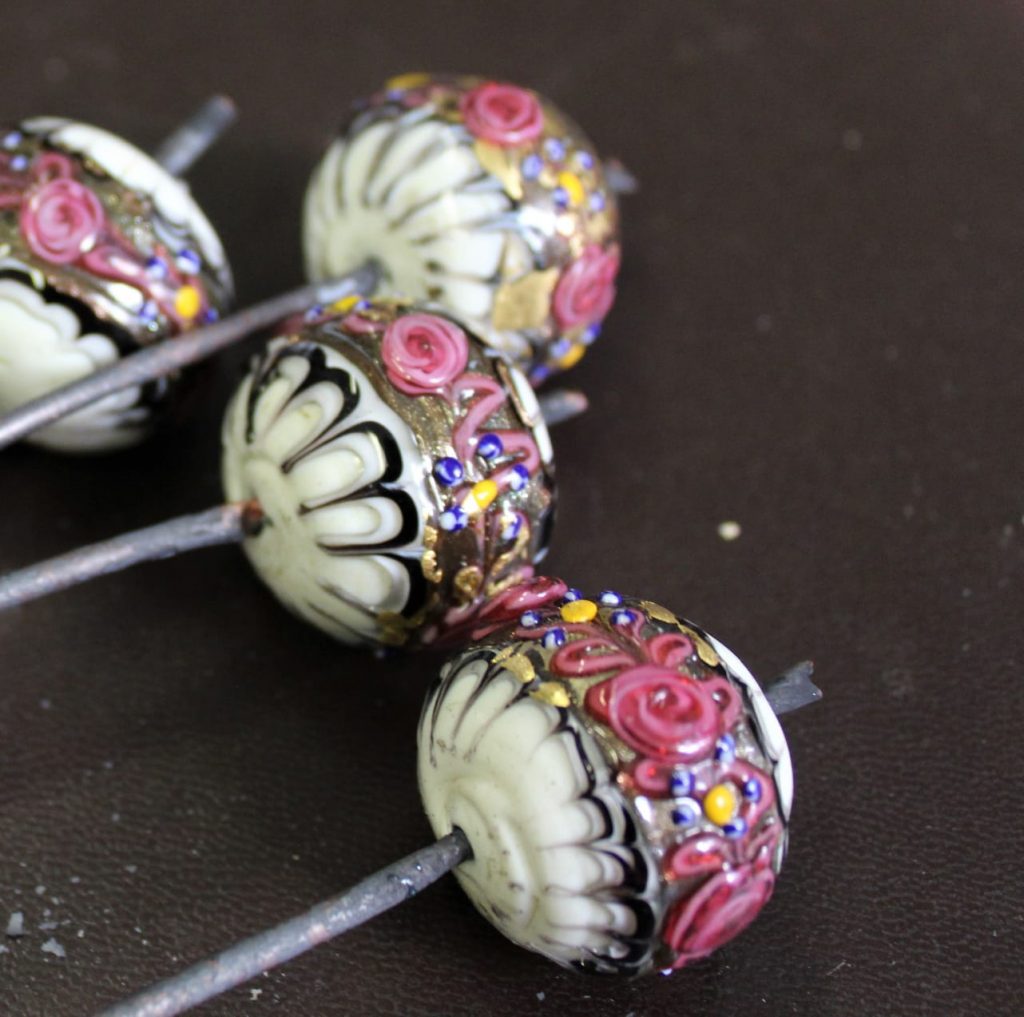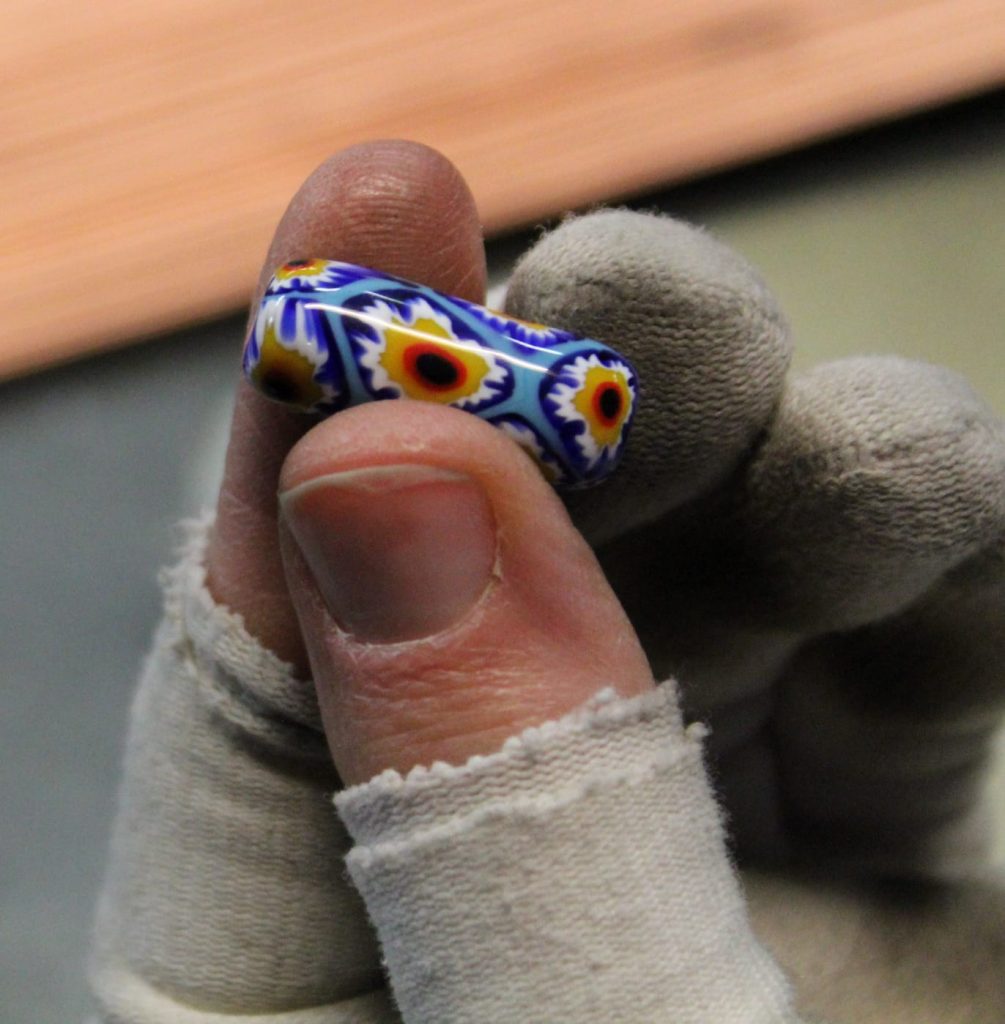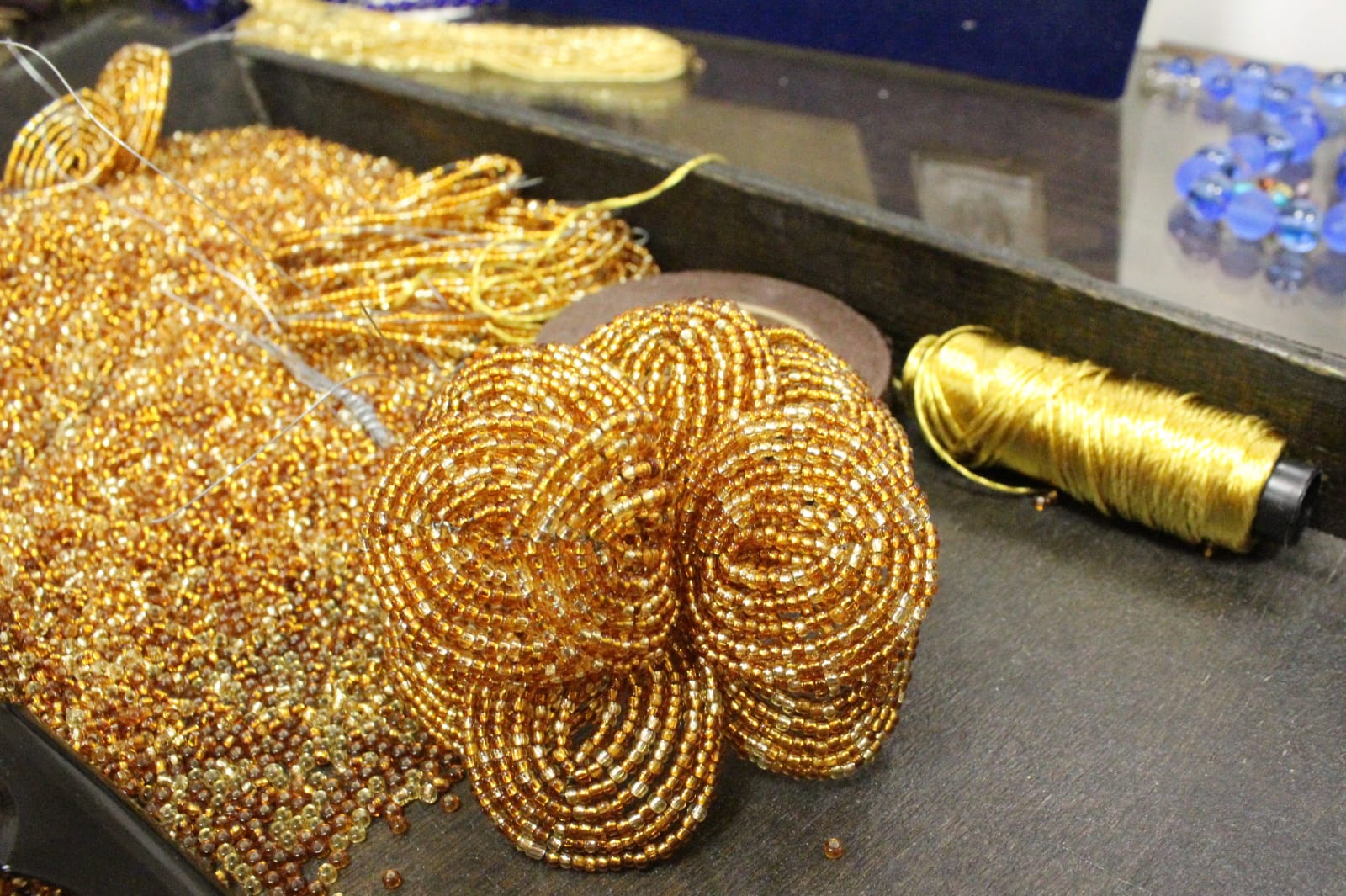An important recognition by Unesco for Venetian glass beads. Who officially has them included in the List of intangible cultural heritage of humanity. Immaterial because the recognition does not concern the precious handcrafted object itself, but rather all that cultural heritage and knowledge that led to the creation of the pearl. And without which the glass bead could no longer be produced. A heritage that Unesco wants to protect and above all to preserve. The history of glass beads is a long and fascinating one, a story that is lost in the mists of time as it is closely linked to the art of glass that was produced well before when it arrived in Venice and then in Murano.

High-quality glass was already being made in the times of the Egyptians and Romans, and the glass production that later took root in the island of the northern lagoon probably came from Byzantium. Initially, glass was produced in Venice. Then, as the furnaces often caused dangerous fires in the historic center, the Serenissima decided to move all glass production to Murano as a safety measure.
Glass beads and their fundamental know-how
First of all, a distinction must be made between different types of pearl processing. There are "lume" pearls which are made by wrapping several layers of glass around a metal core. There is the art of threading lowercase letters glass beads called conterie and made in the furnace from thin perforated glass rods. Then there is the processing of "cane" pearls pulled which originate from the cutting and grinding of glass rods perforated in the center, with a particular decorative element. Among these is the rosette pearl (fascinating already from the name), conceived in the fifteenth century by Maria Barovier, daughter of that Angelo Barovier, glassmaker for generations and great innovator of this art. Marietta Barovier, the first woman entrepreneur of glass and to whom she dedicated her entire life, is the inventor of this particular pearl which over the centuries “traveled” a lot.

Used as an exchange currency in markets around the world, an original fil rouge that left Venice to travel around the continents. The Venetians of the time immediately understood the importance of this production, used by merchants, missionaries, explorers who, thanks to pearls, intertwined friendships with distant peoples. They exchanged pearls with precious stones, gold, precious wood…. Over time also with slaves. Christopher Columbus he had brought them to America. The Dutch traded them through the Company of the Indies, and the Venetian pearls in their travel also reached Borneo and the Amazon. It is appropriate to say "The world in a pearl", just as the Murano Glass Museum has chosen to own its rich and precious collection.
Joint candidacy with France, Italy as leader
Perlere, perleri, impiraresse, Venetian threaders, grinders and masters of art, these are the professionals. Thanks to such professionalism and their desire to safeguard and see this art recognized, after a long work the international dossier for the candidacy was proposed to the Unesco headquarters in Paris. It was March 2019. The request to register the art of glass beads on the Unesco Representative List of Intangible Cultural Heritage was presented by Committee for the Safeguarding of the Art of Venetian Glass Beads together with the French association of Perliers d'Art de France. A joint candidacy, with Italy as the leader, motivated by the exchanges and sharing of knowledge that has always characterized the relationship between these two communities. Unesco has recognized not only the object created but above all the know-how of this art, its social and cultural implications.

Noting important aspects related to the creation of glass beads. Such as the specific language that is often drawn from cooking and sewing. The memories, the gestures, the tools, the places dedicated, in Venice there is the Calle de le Conterie. But also the strong sense of belonging of those who work in this sector. An indispensable cultural heritage to arrive at the final result which is represented by the glass bead. Fragile, fascinating, unique, daughter of a lot of knowledge and a lot of knowledge that Unesco has decided to protect. For the city of Venice this is the first entry of an intangible element in this list.
(Ph credits Claudia Cotica, Committee for the Safeguarding of the Art of Venetian Glass Beads)





